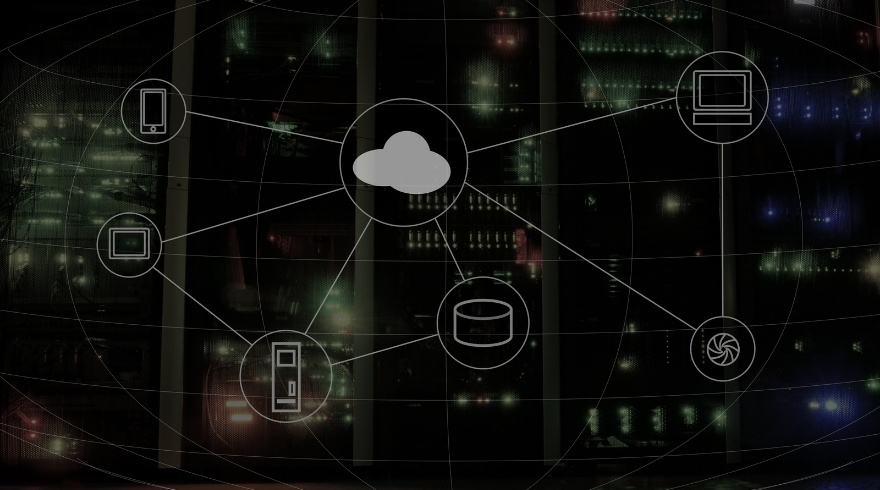Choosing the Right Internet Provider: A Guide
- 31 August 2024

In today's digital age, having reliable internet access is no longer a luxury—it's a necessity. Whether you're working from home, streaming entertainment, or staying connected with friends and family, the quality of your internet service can significantly impact your daily life. With so many internet providers and plans available, selecting the right one can be a daunting task.
This guide will help you navigate the complexities of choosing an internet provider by exploring the different types of internet connections, factors to consider when making your choice, and the pros and cons of various options. By understanding these elements, you can make an informed decision that meets your needs and fits your budget.
Types of Internet Connections
Internet service providers (ISPs) offer various types of internet connections, each with its own strengths and weaknesses. The availability of these options may vary depending on your location:
- DSL (Digital Subscriber Line): DSL internet is delivered over traditional telephone lines. It is widely available, especially in rural and suburban areas, but it tends to offer slower speeds compared to other types of connections. DSL is a reliable option for basic browsing, emailing, and streaming on a few devices.
- Cable: Cable internet uses the same coaxial cables that deliver television service. It offers faster speeds than DSL and is widely available in urban and suburban areas. However, cable internet speeds can fluctuate during peak usage times when many people in your area are online simultaneously.
- Fiber-Optic: Fiber-optic internet is the fastest type of internet connection available, capable of delivering speeds up to 1 Gbps (gigabit per second) or more. It uses thin strands of glass or plastic to transmit data as light signals. Fiber-optic internet is ideal for households with multiple users, heavy streaming, gaming, and large file uploads/downloads. However, its availability is limited, mainly to urban areas.
- Satellite: Satellite internet is a viable option for those living in remote or rural areas where other types of internet connections are not available. It uses satellites orbiting the Earth to provide internet service. While satellite internet is accessible virtually anywhere, it tends to be slower and more expensive than other options, with higher latency (delay) that can affect real-time activities like gaming or video conferencing.
- Fixed Wireless: Fixed wireless internet is delivered through radio signals from a local antenna to a receiver on your home. It’s commonly available in rural areas where other forms of broadband are limited. Speeds can vary, and the connection can be affected by weather conditions and physical obstructions like trees or buildings.
Factors to Consider When Choosing an Internet Provider
Choosing an internet provider involves more than just picking the fastest option. Consider the following factors to find the best fit for your household:
- Speed: Internet speed is measured in Mbps (megabits per second) and determines how quickly data is downloaded or uploaded. Consider your household's internet usage—streaming, gaming, video conferencing, and multiple users require higher speeds. Aim for at least 25 Mbps for a typical family, but if you have heavy internet users, consider 100 Mbps or higher.
- Cost: Internet plans vary widely in price, depending on the speed, type of connection, and provider. Look beyond the monthly price and consider additional costs like installation fees, equipment rental (modem/router), and any promotional pricing that may increase after a certain period.
- Availability: Not all internet providers or connection types are available in every area. Your location may limit your options, especially for fiber-optic and cable internet. Check with local providers to see what services are available to you.
- Customer Service: Reliable customer service is crucial, especially if you encounter issues with your internet connection. Research customer reviews and ratings to gauge the provider’s reputation for service quality, response time, and support availability.
- Data Caps: Some internet providers impose data caps, limiting the amount of data you can use each month. Exceeding these caps can result in additional charges or reduced speeds. If your household streams a lot of videos, games, or downloads large files, look for a plan with no data cap or a very high limit.
Pros and Cons of Different Internet Providers
| Provider Type | Pros | Cons |
|---|---|---|
| DSL | Widely available, affordable | Slower speeds, limited by distance from the provider's hub |
| Cable | Faster speeds, widely available | Speed can fluctuate during peak hours |
| Fiber-Optic | Fastest speeds, reliable | Limited availability, higher cost |
| Satellite | Available in remote areas | Slower speeds, high latency, expensive |
| Fixed Wireless | Available in rural areas | Speeds can vary, affected by weather and obstructions |
Conclusion
Choosing the right internet provider involves weighing your household's needs against the available options in your area. By understanding the different types of connections and considering factors such as speed, cost, availability, and customer service, you can find a plan that fits your lifestyle and budget. Whether you prioritize lightning-fast speeds, affordability, or reliable service in a remote location, there's an internet provider that can meet your needs. Take the time to compare your options, read reviews, and ask for recommendations to ensure you make the best choice for your home.



